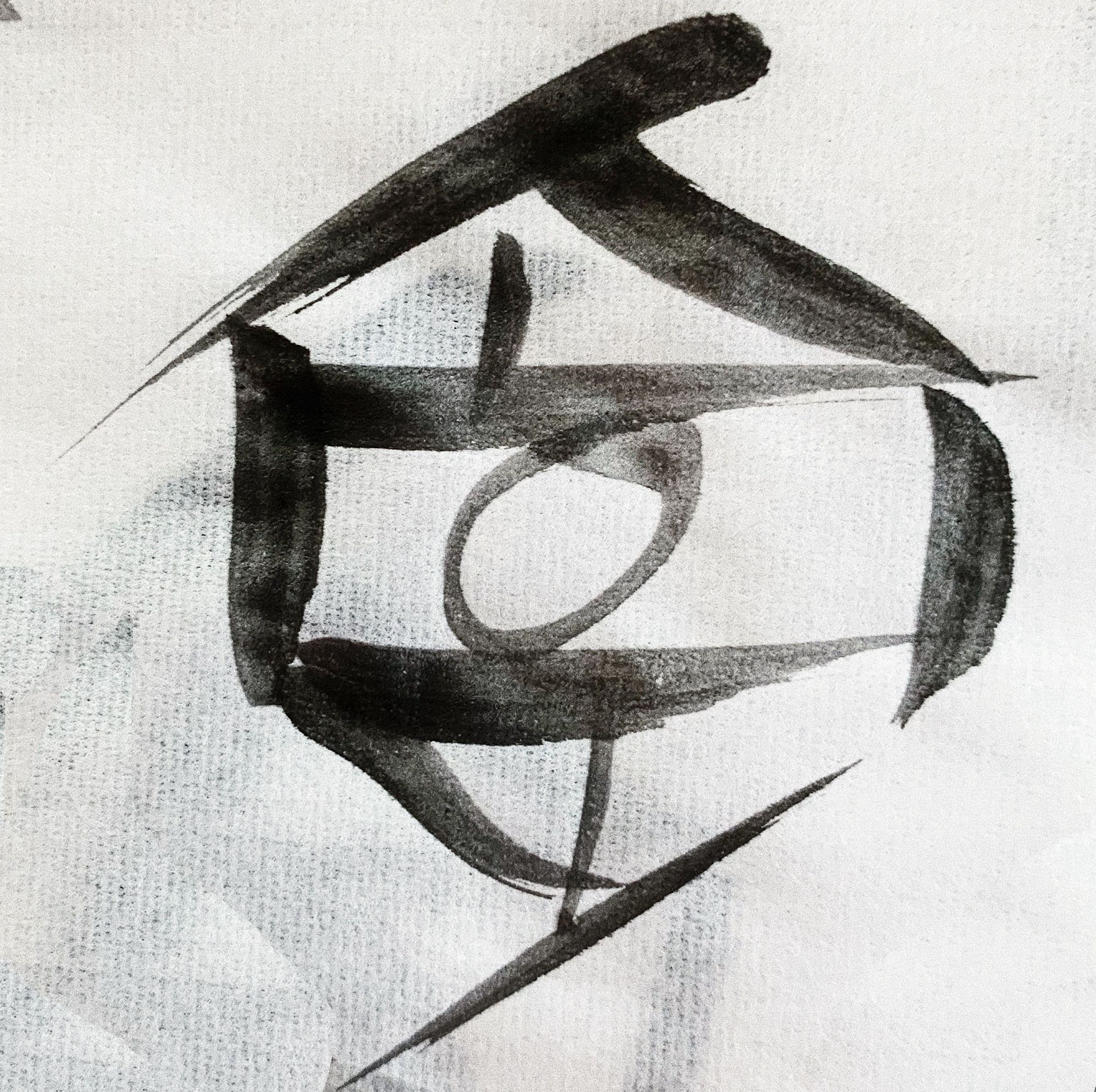Can We Talk?
There’s a joy to talking on the phone. In an era where we are inundated with text, with communication coming at us non-stop in emails, texts, tweets, instagram comments, dms, slacks, discords. We are constantly talking but never speaking. And text, well, this is ironic given what I do, but text is often insufficient.
Communication is hard. It’s hard to get your point across with words on a page. It’s hard to translate nunace. It’s hard to transmit care, or concern, or frustration in just a line of text. Maybe an emoji or two.
An email is a nightmare. The worst of letters and the worst of text messaging combined into one monstrous form. A demand for thoughtful consideration and for immediacy all in one. An email is time sensitive, but asynchronus. There’s space for reams and reams of words, but there’s no time to indulge in that. Sure, sometimes an issue calls for the perfectly crafted missive. A formal pitch, an angry escalation of an issue, an apology. But if we’re all honest 95% of the emails we send are barely above a text or a chat in thoughtful consideration.
Or maybe that’s just me.
I remember when I was starting out, all the assistants would marvel at the chaotic, brief, nonsensical emails our bosses would send. To us, to each other, to publishers. One agent famously sent every submission with simply “herewith, as discussed.” Typo riddled, barely grammatical, hasty notes sent at 2 am. We’d sit around and descipher these cryptic ideograms, asking each other what we thought this sequence of typos meant. Was this urgent? Was this actionable
And more than that, I marveled, wondered at how this came to be. These were grown adults, at the top of their field! People entrenched in the business of letters, working with some of the finest craftspeople of the English language we’ve ever seen. How did this happen? How did they become like this?
I remembered reflecting on this staring at an email from a friend that was just text in the subject line, typo ridden, indecipherable. Was he asking to set up a call? Was he just complaining? Did he see a tweet that made him mad? What did this strange collection of letters mean? And then I looked at my sent folder and found that I too had become this monster. My outbox was riddled with just subject line emails. A midden heap of forwards with only “FYI” or “FIY” or “see bleow” or sometimes nothing, just forwarded from my phone as I ran from one subway platform to the next.
Some of this is just sheer busyness. The pressures of attention, time, the impossibility of diverting three braincells to think of a full sentence, to tap that out on my awful, awful touch screen keyboard. Maybe it’s age, having finally crossed some invisible rubicon into digital irrelevance. I, a native of the digital age, defeated by modern communication protocols. Maybe it’s just… because I can get away with it. Maybe it’s because people still listen, respond, pay attention even when what I’ve forwarded is barely intelligible chaos.
But it’s also because it’s the only way I can get the emails out. It’s the only way I know to stem the tide of things that I need to take care of, things that need my attention. I know if I pause, inertia will take hold. Things at rest stay at rest.
Edit letters have become impossible for me to send. To make the time and to marshall my thoughts into coherent text, into lists and arguments and careful phrasing to communicate care and also discipline at once. I find myself regularly stymied, my thoughts curdling into incoherence as I think, I’ll write that email tonight, tomorrow, next week.
This is unacceptable, of course. This is delay for me and my business, for my authors, for their careers. And yet, a block I’ve struggled to undo.
Bless the phone call. The ancient technology of a voice, a speaker, two people connecting through invisible signals. The wires of old are long gone and with it fidelity, comprehension. We now live in an infinite cycle of “oh you broke up there” “wait can you hear me now” “you cut out after you said ‘I really hated…’” But there’s still a relief in a voice, in inflection, in nuance.
As much as asynchronous communication is a joy… a thought sent in the dark hours of the night there for the recipient in the clear light of the first coffee of the day. A joke, a cursed thought, left in the group chat like a landmine waiting to be discovered by each of your friends in turn. Sharing time, being able to respond, even just to murmur yes or exclaim with delight or groan at the bad news, speaks what would take volumes to write. An emoji simply isn’t sufficient.
And editorial conversations are so dependent on the back and forth. An edit is a conversation, it is a series of questions. An interlocutor and a writer, hashing out the weak spots, finding the missing reasons, the inconsistent characterizations. Prodding at the foundation looking for what’s unstable, what isn’t up to code, what needs rebalancing. And this is work best done together, in my experience. It’s not a list of commands from a hill, but instead a collaboration.
Or at least this is what I tell myself when I sigh and finally give up and send the text “hey, can we talk?"
